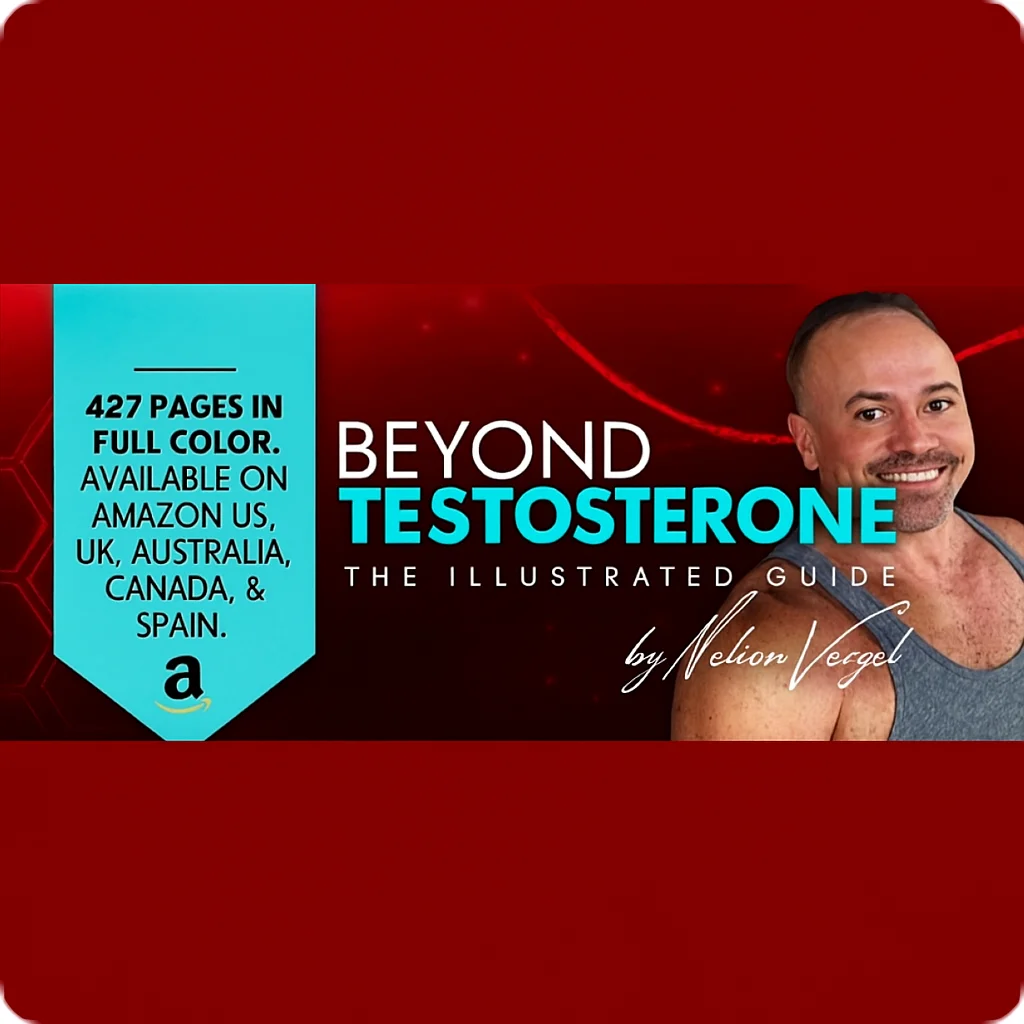madman
Super Moderator
Oligoasthenozoospermia refers to a male infertility condition marked by low sperm count and reduced motility. The authors begin by noting that empirical therapies—like clomiphene and anastrozole—are often used for idiopathic (unknown cause) spermatogenic dysfunction, despite limited evidence of their effectiveness. While these medications may work in some cases, their widespread use is not backed by robust clinical trials, highlighting the need for more research into hormonal treatments for male infertility.
Methods
The study used a retrospective propensity score-matched design, analyzing medical records of 144 patients:
- 92 received treatment with either clomiphene or anastrozole.
- 52 patients served as untreated controls.
Semen parameters were measured:
- Before treatment, and again at 3 to 6 months post-treatment.
Treatment details:
- Clomiphene: 50 mg every other day.
- Anastrozole: 1 mg daily.
Results
- Among the 131 treated patients, clomiphene showed significant improvement in:
- Total motile sperm count
- Pregnancy rates (both via assisted reproductive technology (ART) and natural conception)
- A multivariate analysis revealed that:
- Patients with low testosterone and low gonadotropin levels experienced the greatest benefits from clomiphene.
- Among the 23 patients treated with anastrozole:
- 12 showed improvements in semen parameters, even in cases where clomiphene had previously failed.
Conclusion
The study concludes that:
- Clomiphene shows strong potential for improving both spermatogenesis (sperm production) and pregnancy rates in men with hormonal deficiencies (low testosterone and gonadotropins).
- Anastrozole may also be effective in select cases, particularly those unresponsive to clomiphene.
- There is a need for future research to:
- Directly compare clomiphene to aromatase inhibitors (like anastrozole)
- Assess the synergistic potential of combination therapy.
Last edited by a moderator:














